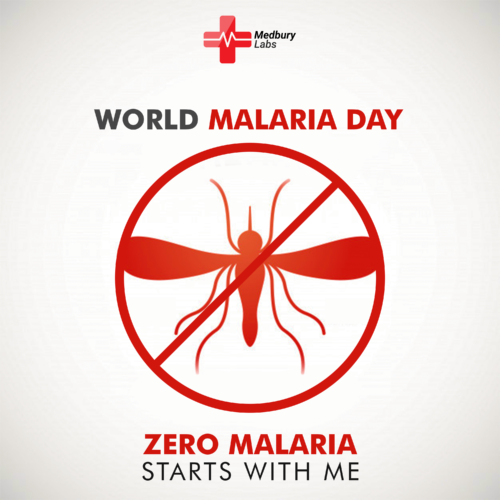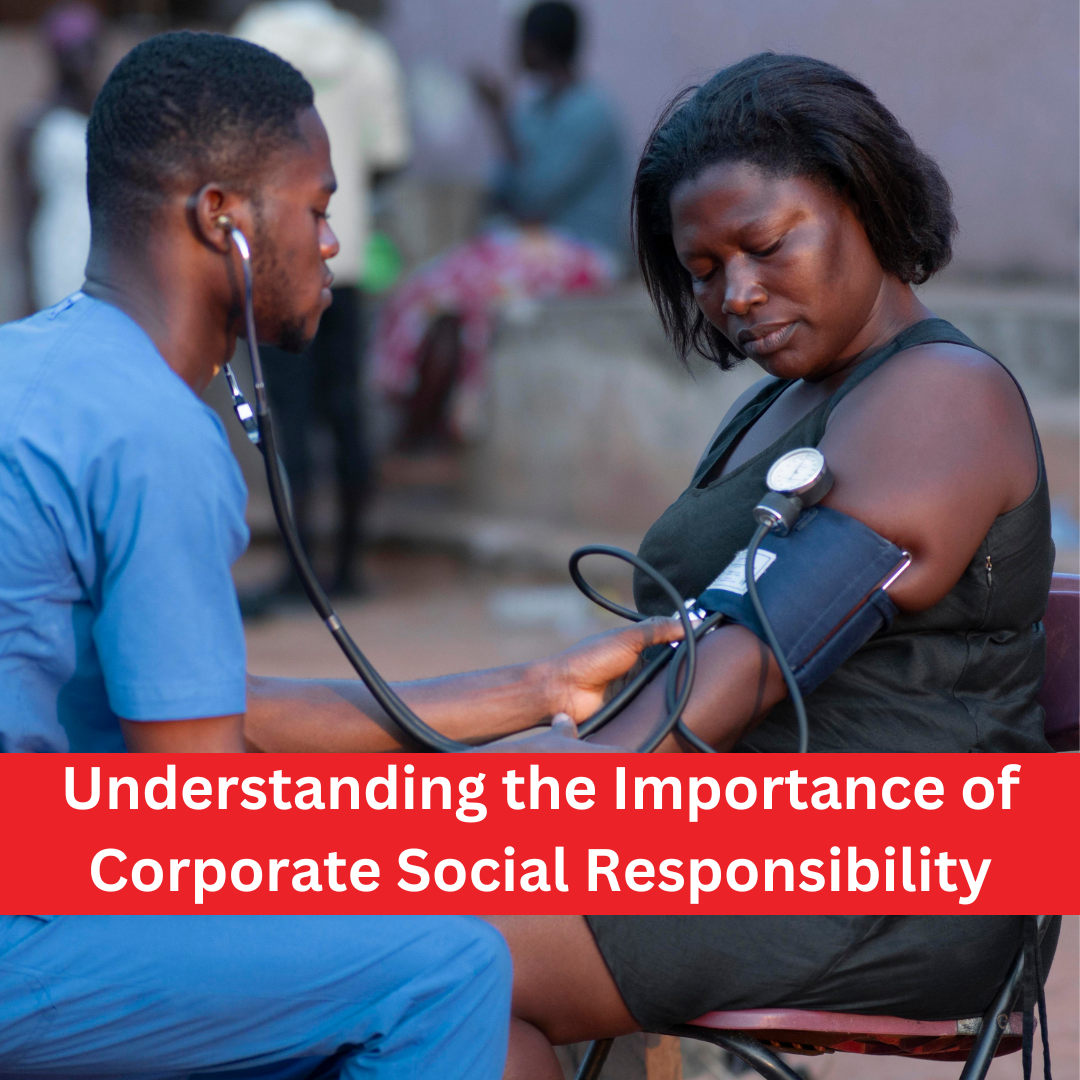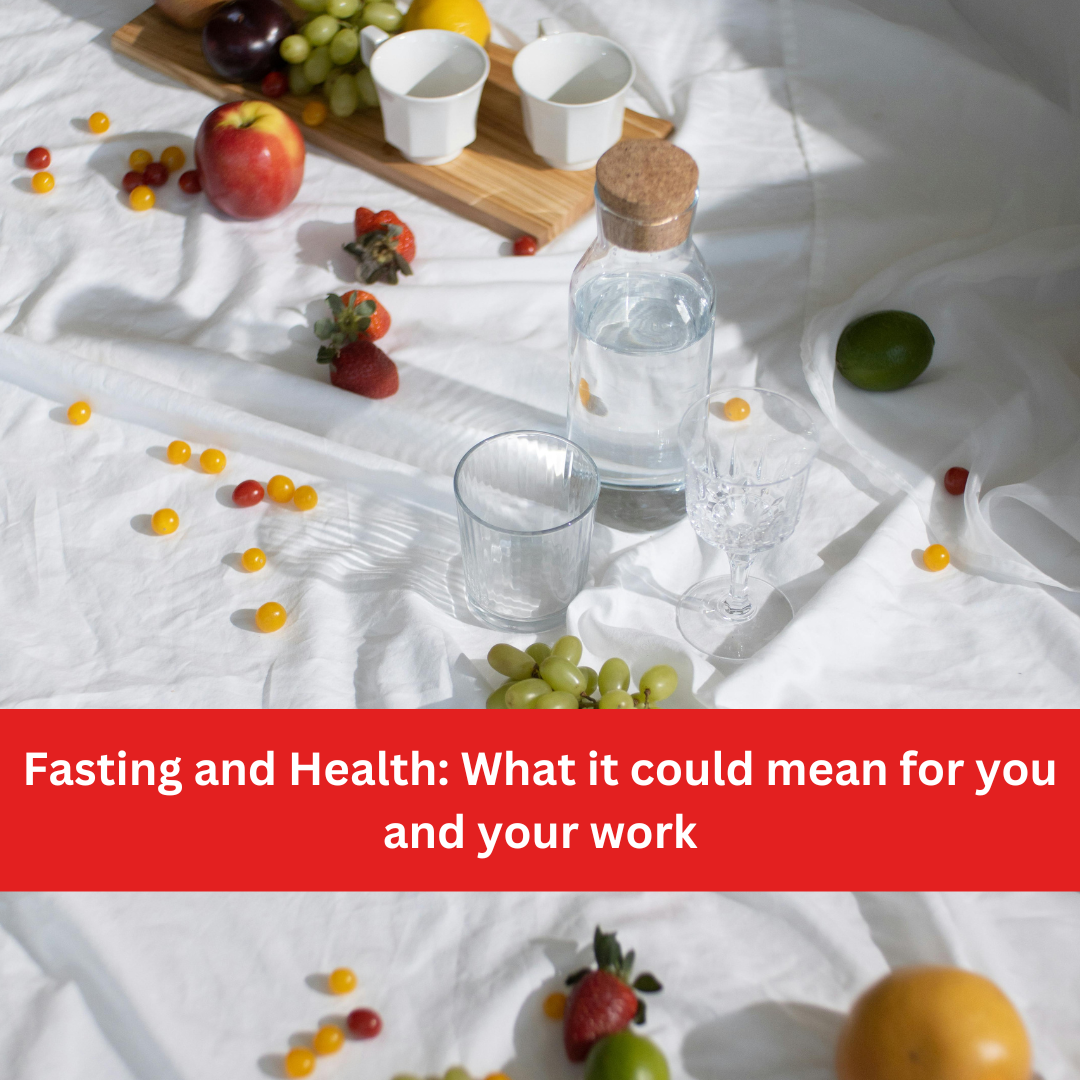Malaria is a mosquito-borne infectious disease that affects humans and other animals. It is caused by single-celled microorganisms of the Plasmodium group and is transmitted by an infected female Anopheles mosquito. The mosquito bite introduces the parasites from the mosquito’s saliva into a person’s blood.
If not properly treated, malaria can lead to severe complications such as liver damage, cerebral malaria, and even death.
Signs and Symptoms
The signs and symptoms typically begin 8–25 days following infection. Symptoms typically include:
- Headache
- Fever
- Shivering
- Joint pain
- Vomiting
- Generalized body weakness
In severe cases, malaria can cause:
- Jaundice (yellow discoloration of the eyes and skin)
- Hemoglobin in the urine,
- Retinal damage, and
- Convulsions
- Coma
- Respiratory distress
- Renal failure
If not treated early, P. falciparum malaria can progress to death.
Transmission
In most cases, it is transmitted through the bites of female Anopheles mosquitoes. There are more than 400 different species of Anopheles mosquito; around 30 are malaria vectors of major importance. All of the important vector species bite between dusk and dawn. The intensity of transmission depends on factors related to the parasite, the vector, the human host, and the environment.
Transmission is more intense in places where the mosquito lifespan is longer (so that the parasite has time to complete its development inside the mosquito) and why it prefers to bite humans rather than other animals. The long lifespan and strong human-biting habit of the African vector species is the primary reason why approximately 90% of the world’s malaria cases are in Africa.
Who Is At The Risk of Malaria?
In 2019, nearly half of the world’s population was at risk of malaria. Most cases and deaths occur in sub-Saharan Africa. However, the WHO regions of South-East Asia, Eastern Mediterranean, Western Pacific, and the Americas are also at risk.
Some population groups are at considerably higher risk of contracting, and developing severe diseases, than others. These include:
- Infants
- Children under five (5) years of age
- Pregnant women
- Patients with HIV/AIDS
- Non-immune migrants
- Mobile populations and travelers
Malaria Prevention
Vector control is the main way to prevent and reduce transmission. If coverage of vector control interventions within a specific area is high enough, then a measure of protection will be conferred across the community.
WHO recommends protection for all people at risk with effective malaria vector control. Two forms of vector control:
- Insecticide-treated mosquito nets and
- Indoor residual spraying – are effective in a wide range of circumstances.
- Insecticide-treated mosquito nets: Sleeping under an insecticide-treated net (ITN) can reduce contact between mosquitoes and humans by providing both a physical barrier and an insecticidal effect. Population-wide protection can result from the killing of mosquitoes on a large scale where there is high access and usage of such nets within a community. In 2017, about half of all people at risk in Africa used an insecticide-treated net, up from 29% in 2010. However, ITN coverage increased only marginally in the period 2015 to 2017.
- Indoor spraying with residual insecticides: Indoor residual spraying (IRS) with insecticides is another powerful way of reducing malaria transmission. It involves spraying the inside of housing structures with an insecticide, typically once or twice per year. To confer significant community protection, IRS should be implemented a high level of coverage. Occasionally, interventions such as Larval control and other vector control interventions, Mass drug administration, and Mass fever treatment are also used.
Use of Medications for Malaria Prevention
Antimalarial medicines can also be used to prevent malaria. For travelers, it can be prevented through chemoprophylaxis, which suppresses the blood stage of infections, thereby preventing malaria disease. For pregnant women living in moderate-to-high transmission areas, WHO recommends intermittent preventive treatment with sulfadoxine-pyrimethamine, at each scheduled antenatal visit after the first trimester. Similarly, for infants living in high-transmission areas of Africa, 3 doses of intermittent preventive treatment with sulfadoxine-pyrimethamine are recommended, delivered alongside routine vaccinations.
Diagnosis and Treatment
Early diagnosis and treatment, reduce disease and prevent deaths. It also contributes to reducing transmission. The best available treatment for P. falciparum malaria is artemisinin-based combination therapy (ACT).
Vaccines against Malaria
RTS, S/AS01 (RTS, S) is the first and, to date, the only vaccine to show partial protection against malaria in young children. It acts against P. falciparum, the deadliest malaria parasite globally and the most prevalent in Africa. Among children who received four (4) doses in large-scale clinical trials, the vaccine prevented approximately 4 in 10 cases over four (4) years.
Fact Sheet
- In 2019, there were an estimated 229 million cases worldwide.
- The estimated number of deaths stood at 409 000 in 2019.
- Children aged under five (5) years are the most vulnerable group affected by malaria; in 2019, they accounted for 67% (274 000) of all malaria deaths worldwide.
- The WHO African Region carries a disproportionately high share of the global burden. In 2019, the region was home to 94% of cases and deaths.
Related: 7 malaria facts you did not know
Conclusion
Malaria can cause severe complications and even death if left untreated. To prevent and treat it effectively, we must adopt quality malaria prevention practices.







No Comments